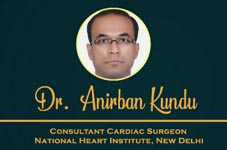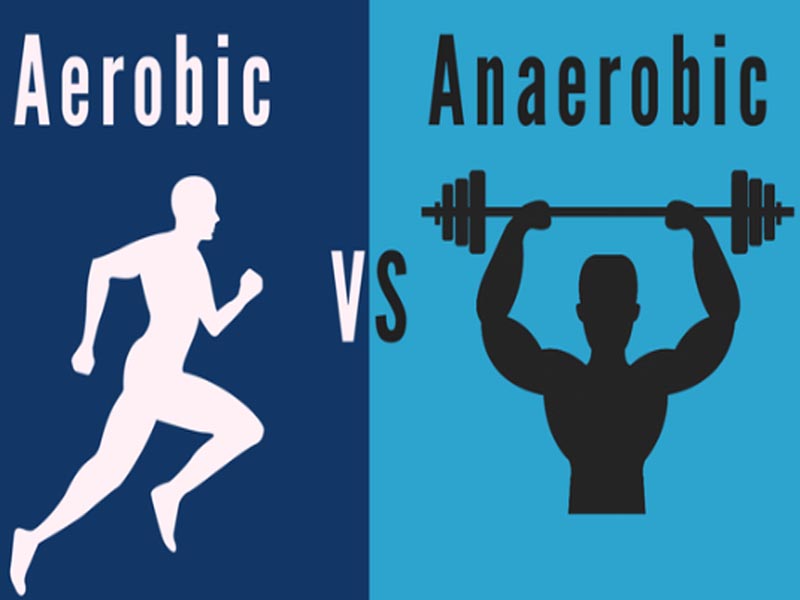Which is better for you?
The urge to be fit and burn up calories has bitten us all, following the devastating COVID 19 pandemic. This is more so because of the finding that the obese and diabetic were more severely affected by the disease. So it is that we now see folks cycling and jogging away from morn till evening, perhaps the only positive takeaway from this dreadful, ravaging pandemic. But the question on our minds is just what kind of exercise is good for us, anaerobic or aerobic?
While there isn’t an iota of doubt that any exercise is far better than none at all, some points need to be cleared up regarding the two types of exercise mentioned. As the name suggests, aerobic exercise involves moving your body, while maintaining blood flow to the muscles, thereby ensuring a supply of oxygen to them, via the bloodstream. This kind of activity can be carried on for a period of time. A simple way to test whether you are engaging in aerobic exercise is the “talk test.” If you are able to talk while exercising, not as easily as when not exercising, but with a bit of breathlessness, then you are definitely doing aerobic exercise. Some examples of this are, walking, cycling or jogging.
Anerobic exercise, on the other hand is short bursts of intense physical activity that cannot be sustained for long. Here, you are unable to talk through the activity. Examples are, lifting weights or sprinting. Depending on what your exercise priorities are, you can choose what kind of exercise to participate in. Ideally, both types should be incorporated into your routine, but if fat loss is your main focus, then anaerobic exercise is the way to go.
The Microcosm
What exactly is the difference between the two types of exercise at the molecular level? The key difference is Oxygen. In aerobic, or “with oxygen” exercise, your muscles have enough oxygen to produce the energy needed to perform. Anaerobic (“without oxygen”) exercise means oxygen demand is greater than supply and you can’t keep up with the energy your body is demanding. This leads to lactate accumulation in the muscles as a result of less efficient burning up of energy fuels in the absence of oxygen. It is this lactate that causes the cramps and soreness we feel right after a bout of weight lifting. Post-exercise, as we go pant-panting and make good the oxygen debt that we just incurred during the activity, the soreness and cramps gradually subside. This happens due to the efficient burning up of glucose in the presence of oxygen that we are now replenishing, leading to breakdown or wash-off of the accumulated muscle lactate.
But why does anaerobic exercise have the edge when it comes to fat loss? Aerobic exercise is performed at a slow-moderate pace, which is wonderful for developing for cardiovascular endurance and stamina. While it does use a higher percentage of fat for energy as opposed to muscle glycogen, the total amount of energy burned at this level is lower than during anaerobic exercise for a given period of time. This means that for most people, extended periods of aerobic exercise are needed to achieve significant fat loss. This often results in a plateau, as far as fat loss is concerned.
Anaerobic exercise on the other hand, is performed in the form of high-intensity interval training (HIIT), where you rotate high-intensity, short intervals with recovery intervals. This has benefits in that you manage to burn a lot more calories in a lot lesser time. Simply put, you would burn the same amount of calories doing aerobic exercises over a much longer time. Another advantage of anaerobic exercise is that this leads to increase of muscle mass over a period of time. Muscle, as we all know is a more efficient calorie burner as compared to fat. So if you have bulked up using anerobic exercise, you will burn up those cake and pastry-imbued calories more efficiently! This also leads to what is known as the afterburn effect, scientifically known as excess post-exercise oxygen consumption (EPOC). EPOC is the amount of oxygen required to return the body to its resting state. HIIT sessions stimulate a higher EPOC because you consume more oxygen during them, which creates a larger deficit to replace post-workout. This means you’ll continue to burn calories even after your HIIT session is over.
Flipside of anaerobic exercise
The obvious disadvantage of this form of exercise, given its intensity is that it’s not for everybody. Unless you have a preexisting fitness level, HIIT may be too much for your heart to handle. This is apart from the risk of injuries, if done without proper supervision and guidance. And lastly, HIIT can be painful during the session, due to the high intensity, or afterward because of soreness.
Some activities that come under HIIT are:
30-second all-out sprint, followed by a minute of recovery, then repeat the cycle over 20-30 minutes
A circuit of exercises comprising pushups, jumping jacks, lunges, squats, bicycle crunches, that are to be completed in 30 seconds per time, followed by a 10-second break, a cycle that is repeated continuously for 10 minutes.
Take Home Message
While both aerobic and anaerobic exercises are important for a complete fitness routine, anaerobic exercise like HIIT can be more effective for fat loss.
If you’re incorporating HIIT and strength training, keep in mind that absolute weight loss is not an accurate indicator of progress. With exercise like this, your body will undergo a change in its composition, meaning dropping fat and adding muscle. To track your progress, measure fat loss instead, as muscle is denser and takes up less space for a given weight. If, for any reason you have to skip your routine for more than a few days, remember to cut down your carbohydrate and fat intake during that interval.
Lastly, and very importantly, do check with your doctor before engaging in any high-intensity exercise.
 |
Dr. A. Kundu, Consultant Cardiac Surgeon, National Heart Institute New Delhi |


